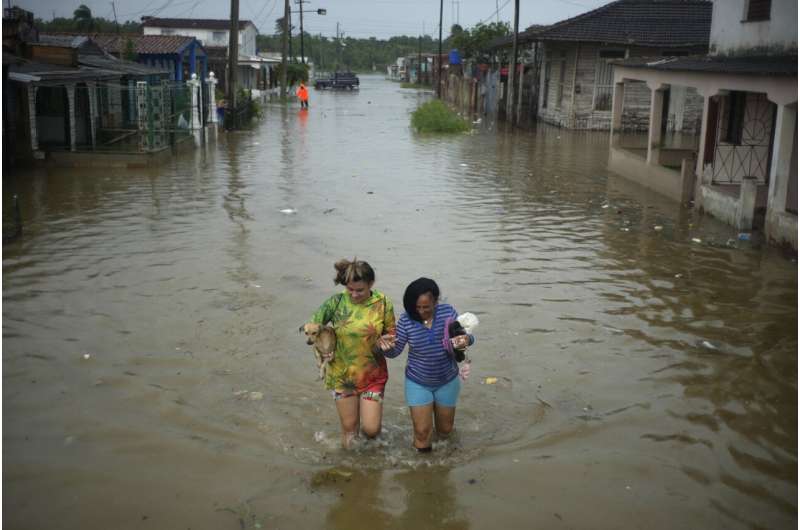
For decades, scientists warned that continued burning of oil, gas, and coal would have devastating climate impacts. Those impacts are being felt around the world.
Climate change is driving extreme weather
By all accounts, the last few years have been brutal for the climate—and for the humans and other living things within it. Around the globe, heat records have been shattered. Floods have soaked Pakistan, Libya and numerous other countries, in torrents that destroyed property and claimed lives. Powerful hurricanes have blasted the usual land targets, like the eastern coasts of India and the United States. And there have been strange, once-in-a-generation events, like a tropical storm that hit California.
The science of what is happening is clear. For more than 100 years, scientists have known that large quantities of greenhouse gases, released from the burning of fossil fuels, go up into the atmosphere and heat the planet. That heating leads to frequent and more extreme alterations in weather patterns. In that sense, climate change can be thought of as the Great Accelerator.
The heat wave that was always going to be hot is even hotter and hangs around much longer, forming a suffocating dome over large chunks of land. The periodic drought that was already going to happen ends up being drier and lasting longer, stripping moisture from the land and leaving cracks in its wake. The tropical storm that was always going to form in the ocean, but might have subsided before, more frequently turns into a powerful hurricane that pummels all it touches and leaves major flooding.
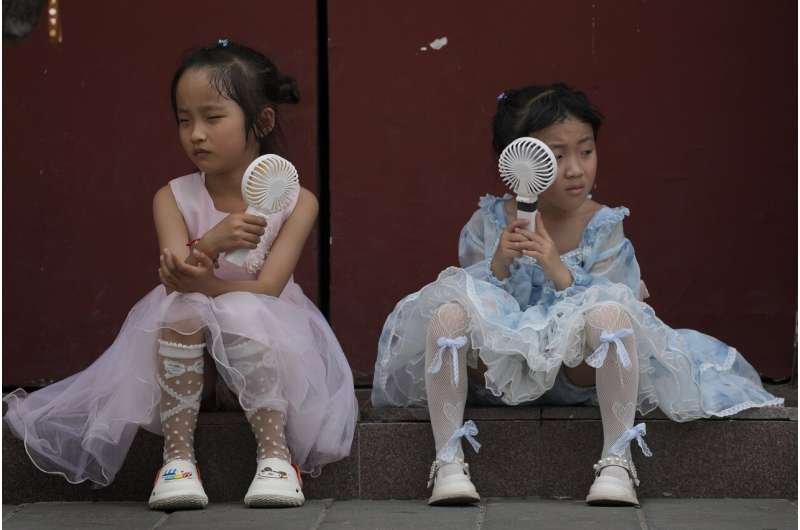
The pace of extreme weather events is dizzying, so much so that governments, scientists, and humanitarian groups find themselves responding to multiple crises at once.
The extremes have heightened awareness of climate change, even among people who have denied it, or had the means to insulate themselves, or just wanted to look away. And the impact is coming into sharp focus.
Climate impacts are felt everywhere, but not felt equally
No place on Earth is immune to the extremes of climate change, but those extremes are not experienced equally.
Faced with rising seas, a coastal dweller with enough money can pay to raise their house, or simply decide to buy another house further inland. Meanwhile, a poor person may have no way to fortify their home and thus no choice but to watch it get washed away—or worse, get washed away themselves in the flooding. Climate change didn’t create the inequality but did make it worse.
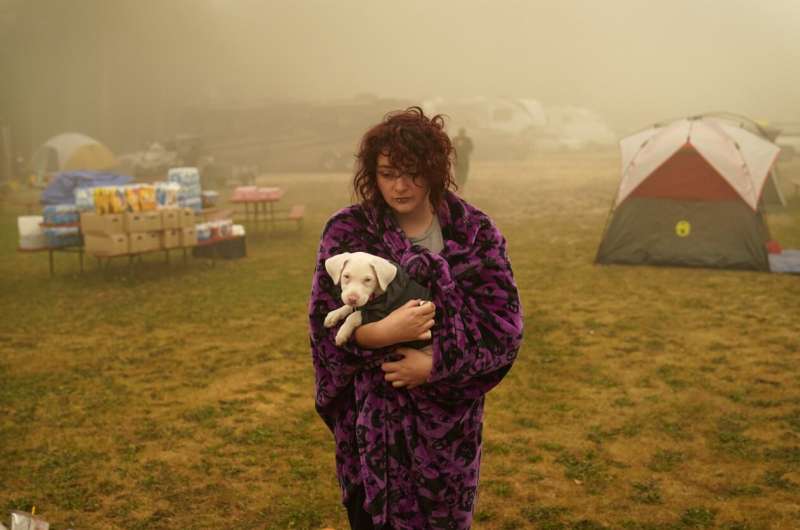
One of the most visceral manifestations of climate inequality is migration. Every year, the U.N. estimates that more than 21 million people around the world move because extreme weather has made life inhospitable where they live. Floods have taken their homes. Drought has shriveled their crops. Incessant heat, and no way to escape it, such as with life-saving air conditioning, has put them at risk of death.
The extremes hit the most vulnerable hardest, but impacts are widespread—no one is completely spared. One of the best examples: wildfires that burn for months push smoke across countries and even sometimes across the globe, making the air dangerous to breathe even while doing simple things like taking a walk.
The extremes also have financial costs. Each year, countries around the world are spending hundreds of billions of dollars to prepare for and rebuild after bouts of extreme weather. At the same time, home insurance companies are jacking up premiums or even no longer offering policies in some areas that have been walloped or are at risk.
The overall picture is grim, but there are solutions.
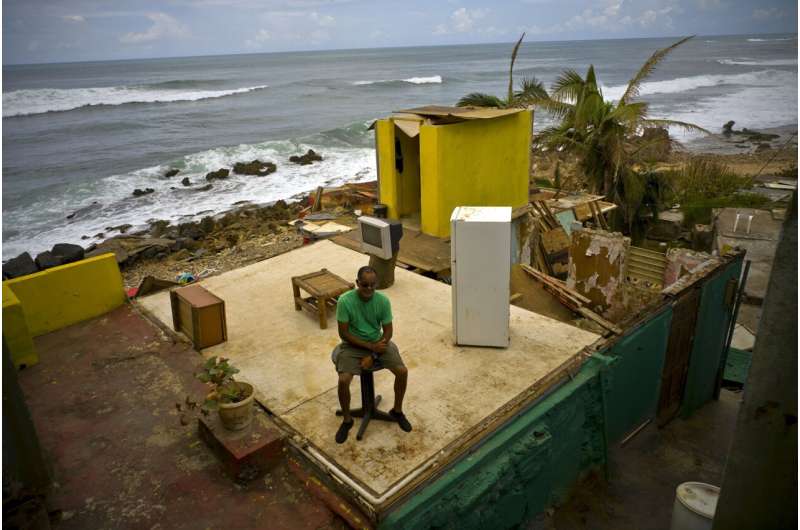
Climate solutions provide hope that global warming can be curbed
The world has lost decades in mobilizing against climate change, because of denialism, misinformation and inertia, among other reasons.
But solutions are in sight and under way.
Solar and wind power are now cheaper than coal. Offshore wind turbines have expanded greatly and are now powering entire towns. Massive batteries are becoming more efficient at holding large amounts of power, each year getting better at addressing the long critique of solar and wind technologies that “the sun doesn’t always shine, and the wind doesn’t always blow.”
These are just the most established forms of renewable energies. There are also great strides being made in green hydrogen, energy efficiency in buildings, heat pumps and changes in farming, among many others.
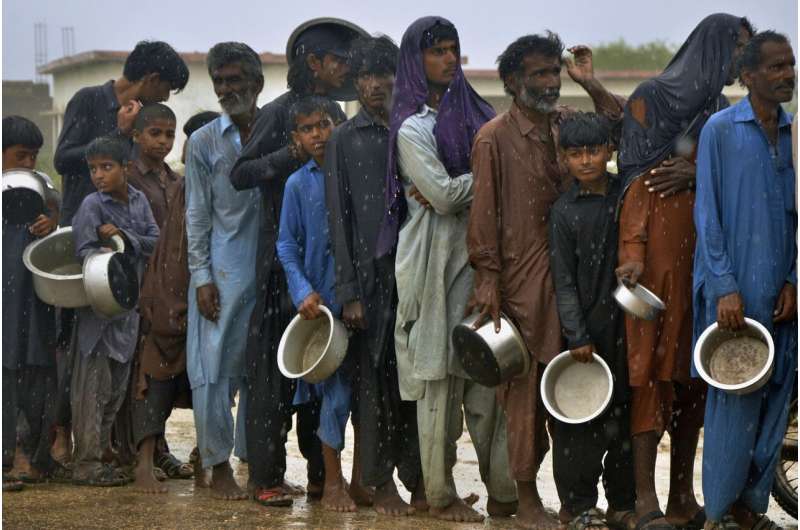
The path ahead isn’t easy. No one technology or new law will solve the problem. Instead, solutions must be implemented at the same time.
Solutions have a tradeoff, sometimes environmental, sometimes human, sometimes both. For example, moving to a world of all electric vehicles will require huge amounts of minerals that must be dug up from the ground. Beyond considerable ecological impacts, some of the most mineral-rich lands belong to Indigenous peoples who don’t want mining in their territories.
Green energy proponents say the permitting process takes too long to get projects up and running. When it comes to large solar and wind farms, local people are often fierce opponents, arguing they don’t want what they see as an eyesore. And some environmentalists object because of fears that wildlife will be hurt.
-
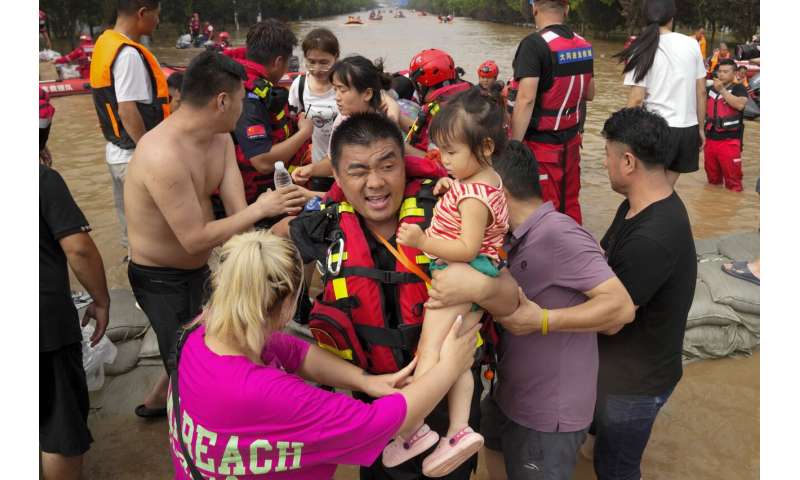
Rescuers using rubber boats evacuate trapped residents through floodwaters in Zhuozhou in northern China’s Hebei province, south of Beijing, Aug. 2, 2023. Credit: AP Photo/Andy Wong, File
-
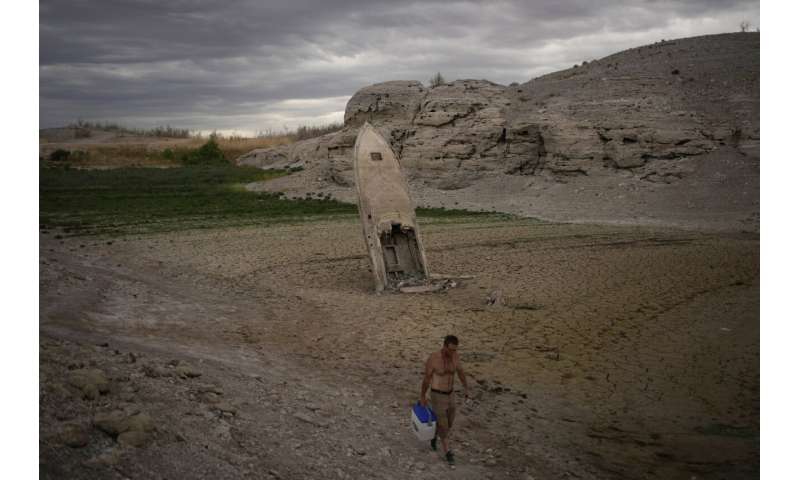
A man walks by a formerly sunken boat along the shoreline of Lake Mead amid a drought at the Lake Mead National Recreation Area near Boulder City, Nev., June 22, 2022. Credit: AP Photo/John Locher, File
-
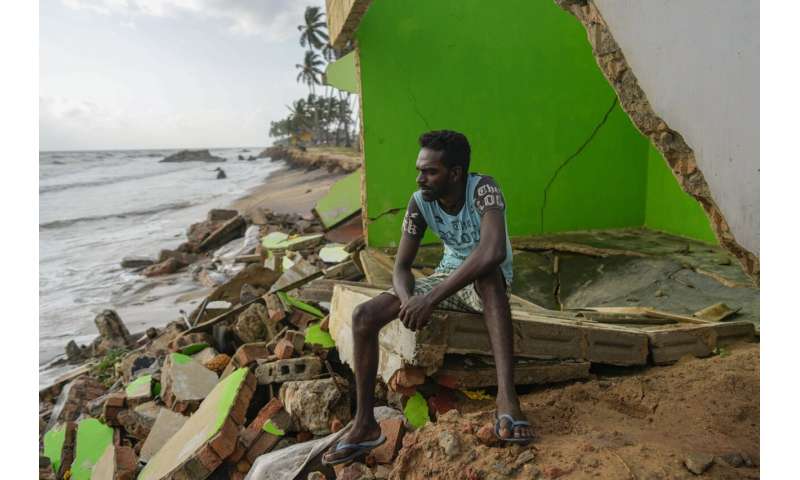
Dilrukshan Kumara looks at the ocean sitting by the wreck of his family house destroyed by erosion in Iranawila, Sri Lanka, June 17, 2023. Credit: AP Photo/Eranga Jayawardena, File
-
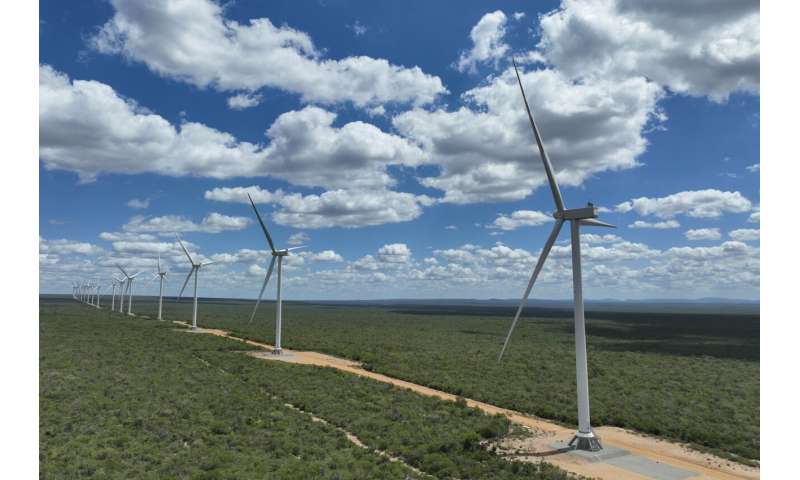
Wind turbines operate in a rural area near Canudos, Bahia state, Brazil, March 9, 2024. Credit: AP Photo/Andre Penner, File
-
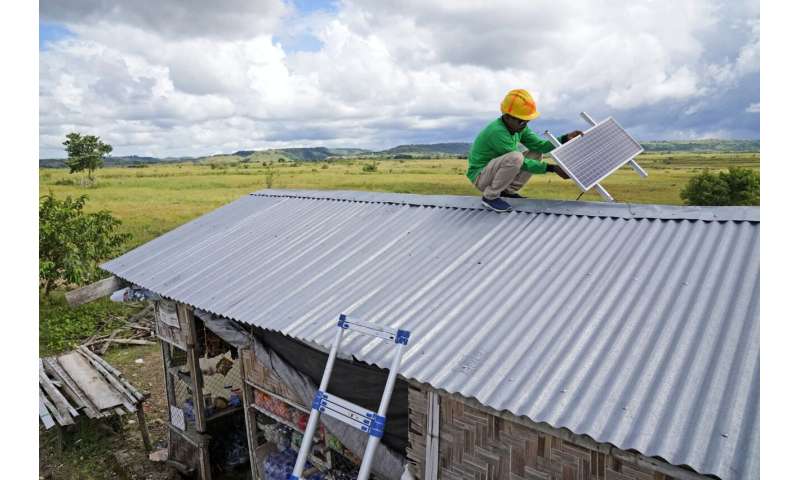
Antonius Makambombu, a worker of Sumba Sustainable Solutions performs maintenance on a solar panel on the roof of a customer’s shop in Laindeha village on Sumba Island, Indonesia, March 22, 2023. Credit: AP Photo/Dita Alangkara, File
-
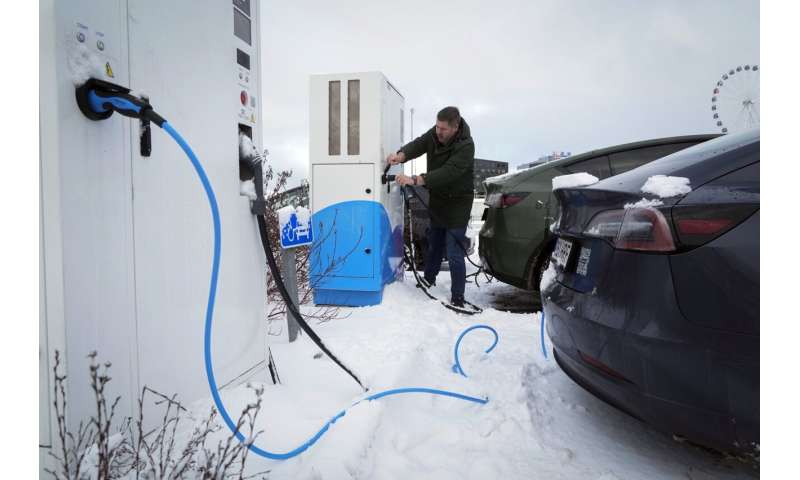
A driver charges an electric car at a parking lot of a shopping mall in Tallinn, Estonia, Feb. 11, 2023. Credit: AP Photo/Sergei Grits, File
-
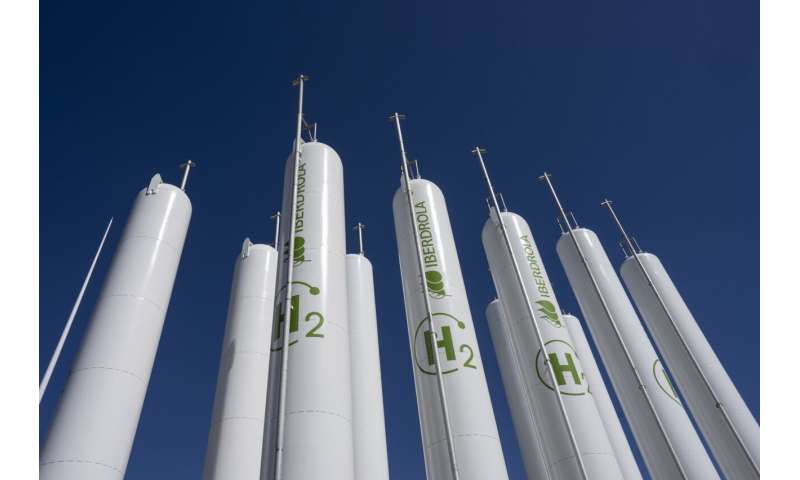
Hydrogen storage tanks are visible at the Iberdrola green hydrogen plant in Puertollano, central Spain, March 28, 2023. Credit: AP Photo/Bernat Armangue, File
The conversation about solutions is sometimes muddied by outsized attention given to technologies like carbon capture, which is expensive and far from being scaled, or when politicians call on people to make lifestyle changes but don’t advocate for major policy changes, which are much more effective.
Despite the challenges, the shifts happening in how we power our world represent hope that climate change can be addressed.
© 2024 The Associated Press. All rights reserved. This material may not be published, broadcast, rewritten or redistributed without permission.
Citation:
Humans caused climate change. Amid the suffering, now they must solve it (2024, July 19)
retrieved 19 July 2024
from https://phys.org/news/2024-07-humans-climate.html
This document is subject to copyright. Apart from any fair dealing for the purpose of private study or research, no
part may be reproduced without the written permission. The content is provided for information purposes only.







